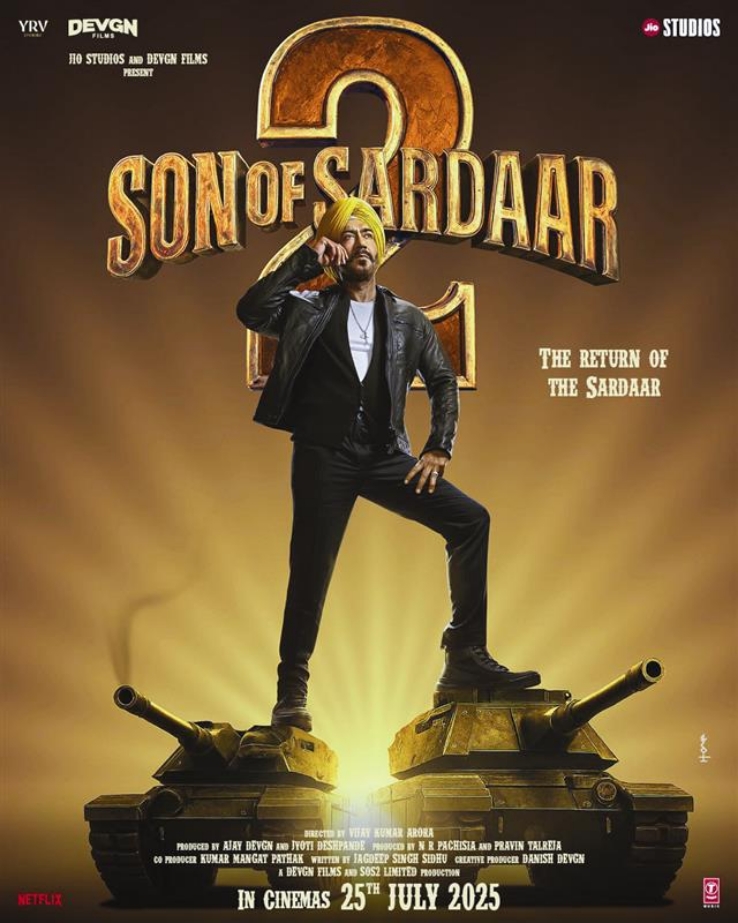


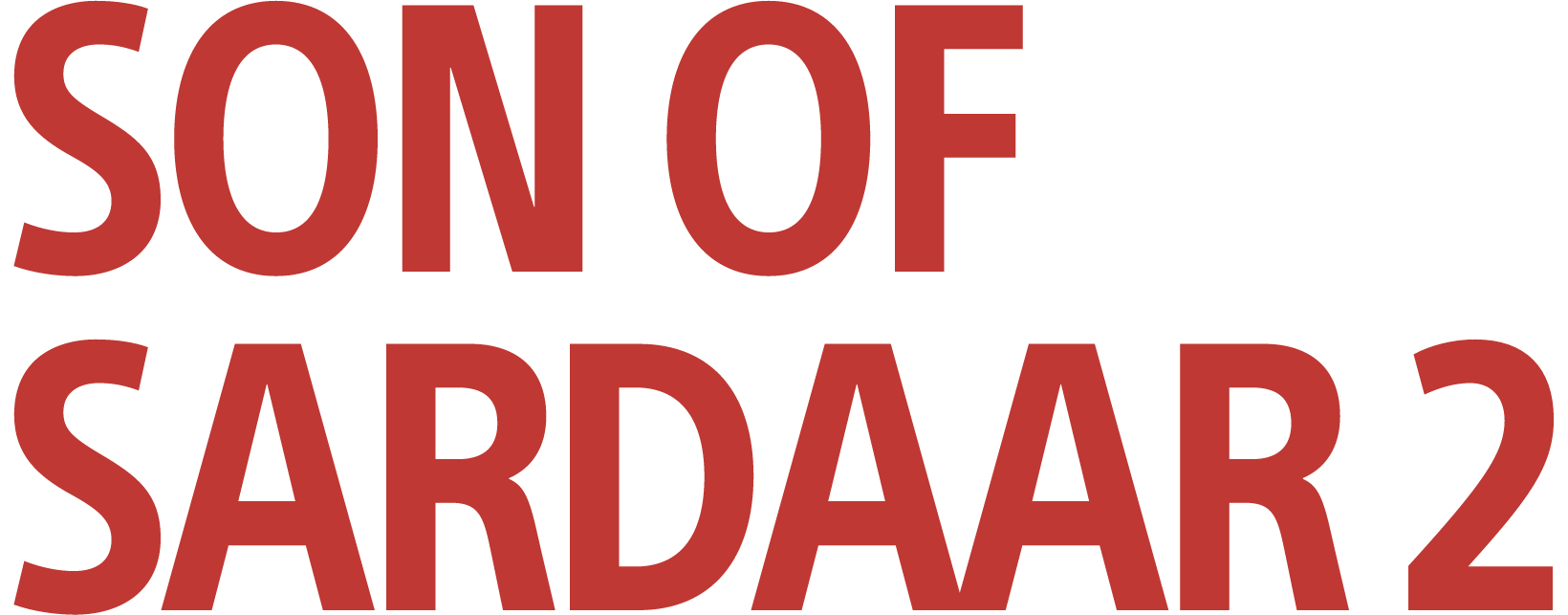
WITH SONY VENICE AND SUSTAINABLE CINEMATOGRAPHY


CINEMATIC VISIONARY
Aseem Bajaj has established himself as one of India’s most accomplished cinematographers through dedication and hard work.
His career demonstrates that success in filmmaking comes not from shortcuts but from persistent effort and genuine passion for the craft.
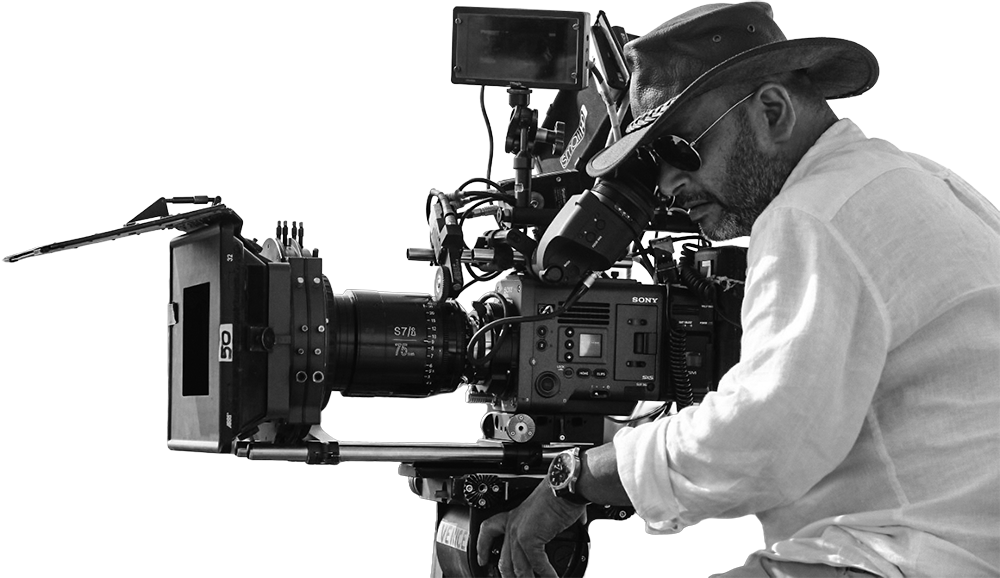
Born into a theatrical family - his father, Ram Gopal Bajaj, is a noted emeritus of the National School of Drama (NSD) - Aseem chose to forge his own path. His early experience came through Delhi's theatre scene, where he worked with Act One Art Group, founded by N.K. Sharma, who has produced talents like Piyush Mishra, Shoojit Sarkar, Manoj Bajpai, Ashish Vidyarthi, Gajraj Rao, Swanand Kirkire, and Deepak Dobriyal, to name a few. During this time, he learned the fundamentals of lighting and music from his mentor, Ashok Bhagat.
 My focus is to keep the audience immersed in the story, ensuring that the cinematography supports rather than distracts from the film’s emotional core.
My focus is to keep the audience immersed in the story, ensuring that the cinematography supports rather than distracts from the film’s emotional core. 
Bajaj’s breakthrough came with Sudhir Mishra’s “Chameli” (2004), which earned him four awards, including Filmfare and IIFA honours for Best Cinematography. Known for his intense work ethic, he once completed a 78-hour continuous shoot for a project. Remarkably, he achieved this success without formal film school training, though he acknowledges the value of structured education.
Throughout his career, Bajaj has demonstrated versatility, working across genres from the visual poetry of “Chameli” to Action-Packed “Shivaay”, the Gritty world of “Sacred Games”. His collaborations with directors like Sudhir Mishra (Hazzaron Khwahishen Aisi, Chameli), Rohit Shetty (Zameen, Golmaal, Sunday), Ajay Devgn (U Me Aur Hum, Shivaay, Runway 34, Bhola), Leena Yadav (Shabd, Teen Patti, Sharing a Ride, House of Secrets, Becoming), Anurag Kashyap (Sacred Games) showcase his ability to adapt his visual style to different narrative needs across genres.
Today, Aseem Bajaj’s work is widely studied and respected in Indian cinema. As he continues to mentor emerging cinematographers and explore new technologies, his career stands as a testament to what can be achieved through dedication to the craft. Some notable awards Aseem Bajaj has earned are the Asian Festival for First Films - Best Cinematographer, Filmfare Award - Best Cinematography (“Chameli”, 2004), IIFA Award - Best Cinematography (“Chameli”, 2004), Zee Cine Award nominee (Shabd 2005), and Zee Cine Award (Shivaay 2015).
In an exclusive interview, Multiple award-winning cinematographer Aseem Bajaj shares insights into his journey from theatre to cinema, highlighting his innovative use of the Sony VENICE camera.

How did your career as a DOP begin, and what are some memorable projects you’ve worked on?
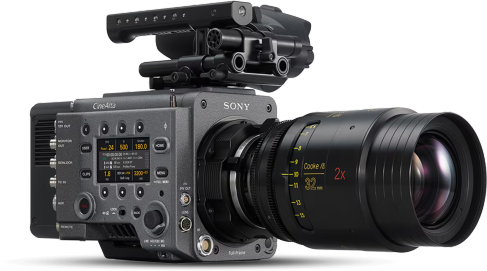
My journey as a Director of Photography began serendipitously while working as an extra on the film “Bandit Queen”. Initially involved in theatre and music, I landed a minor role as one of the many dacoits in the film.
It was during this time that I had the privilege of observing the legendary cinematographer Ashok Mehta at work. His artistry captivated me, and I realized that cinematography was my true calling. Inspired by earlier influences like Santosh Sivan’s work on “Roja” and Madhu Ambat’s stunning visuals in “Anjali”, I approached Ashok Mehta on set. Grateful for his generosity, I joined his team around the seventh or eighth day of shooting, marking the start of my career in cinematography.
As for memorable projects, every film holds a special place, but a few stand out. My first major break came with “Hazaaron Khwaishein Aisi”, directed by Sudhir Mishra. I started as a gaffer and camera operator, but when the French cinematographer Jacques Bouquin had to leave midway after 35 days of a 84-day shoot, he recommended my name to take over.
With Director Mr. Mishra’s trust, I stepped into the role of DoP, making it my debut as a cinematographer. Having assisted on 35–40 films with luminaries like Ashok Mehta, Venu, Rajiv Menon, Vijay Arora, Sukumar Jatania, Virendra Saini, Rajan Kothari, and Binod Pradhan, I was ready to seize the opportunity.
Following this, I worked on Rohit Shetty’s directorial debut, “Zameen”, and simultaneously took on “Chameli”, a beautiful film and my second collaboration with Sudhir Mishra.
Another standout project was “Shabd”, directed by Ms. Leena Yadav. A painter & architect by passion, she brought a unique perspective, challenging me to evoke specific emotions through colour psychology without relying on literal filters or gels. She’d create a color palette on canvas and ask me to translate its essence onto the screen. Drawing inspiration from Vittorio Storaro’s (Italian cinematographer) approach to colour psychology, we explored innovative ways to make the audience feel the colours. This process was both challenging and deeply rewarding, elevating my craft and leaving a lasting impact. This is a true artistic collaboration in a true sense.
“U Me Aur Hum” directorial debut of Mr. Ajay Devgn, and “Shivay” by Mr. Devgn again were very artistic and memorable collaborations. As a DOP & producer, I’ve also collaborated on some amazing short films with true artists like Lisa Gunning,
Leena Yadav & Abhimanyu Ray.
Bajaj’s breakthrough came with Sudhir Mishra’s “Chameli” (2004), which earned him four awards, including Filmfare and IIFA honours for Best Cinematography. Known for his intense work ethic, he once completed a 78-hour continuous shoot for a project. Remarkably, he achieved this success without formal film school training, though he acknowledges the value of structured education.
Throughout his career, Bajaj has demonstrated versatility, working across genres from the visual poetry of “Chameli” to Action-Packed “Shivaay”, the Gritty world of “Sacred Games”. His collaborations with directors like Sudhir Mishra (Hazzaron Khwahishen Aisi, Chameli), Rohit Shetty (Zameen, Golmaal, Sunday), Ajay Devgn (U Me Aur Hum, Shivaay, Runway 34, Bhola), Leena Yadav (Shabd, Teen Patti, Sharing a Ride, House of Secrets, Becoming), Anurag Kashyap (Sacred Games) showcase his ability to adapt his visual style to different narrative needs across genres.
Today, Aseem Bajaj’s work is widely studied and respected in Indian cinema. As he continues to mentor emerging cinematographers and explore new technologies, his career stands as a testament to what can be achieved through dedication to the craft. Some notable awards Aseem Bajaj has earned are the Asian Festival for First Films - Best Cinematographer, Filmfare Award - Best Cinematography (“Chameli”, 2004), IIFA Award - Best Cinematography (“Chameli”, 2004), Zee Cine Award nominee (Shabd 2005), and Zee Cine Award (Shivaay 2015).


How does "Son of Sardar 2", take a different approach compared to its predecessor
 As a cinematographer, my goal is to ensure that aesthetics enhance the storytelling without overwhelming it. The visuals must be striking yet restrained, with carefully chosen colors that complement the narrative rather than dominate it.
As a cinematographer, my goal is to ensure that aesthetics enhance the storytelling without overwhelming it. The visuals must be striking yet restrained, with carefully chosen colors that complement the narrative rather than dominate it. 
“Son of Sardar 2” takes a distinctly light-hearted and accessible approach compared to its predecessor. It’s a quintessential mass-appeal, family-friendly film—uncomplicated, feel-good, and commercially driven. Designed for audiences of all ages, it avoids any kind of vulgarity or heavy themes, offering pure entertainment as a true “time-pass” movie. The cinematography reflects this tone, prioritizing vibrant, uplifting visuals that leave viewers feeling good without any sense of discomfort.
This is a very special film for me because it’s directed by Mr. Vijay Arora, who himself has been a DOP for the last three decades, and I’ve been his camera & lighting assistant way back in 1996.
What sets this film apart is its comedic style. Unlike typical comedies that rely on a string of gags, “Son of Sardar 2” embraces a sitcom approach, blending situational humour with a playful, exaggerated world. Drawing on my theatre background, I’d describe it as a fusion of farce and sitcom sensibilities, delivering a laugh riot that feels fresh and dynamic. Every scene brims with humour, ensuring a joyful, engaging experience without falling into predictable comedic tropes.
Did you experiment with any new techniques while shooting this firm?
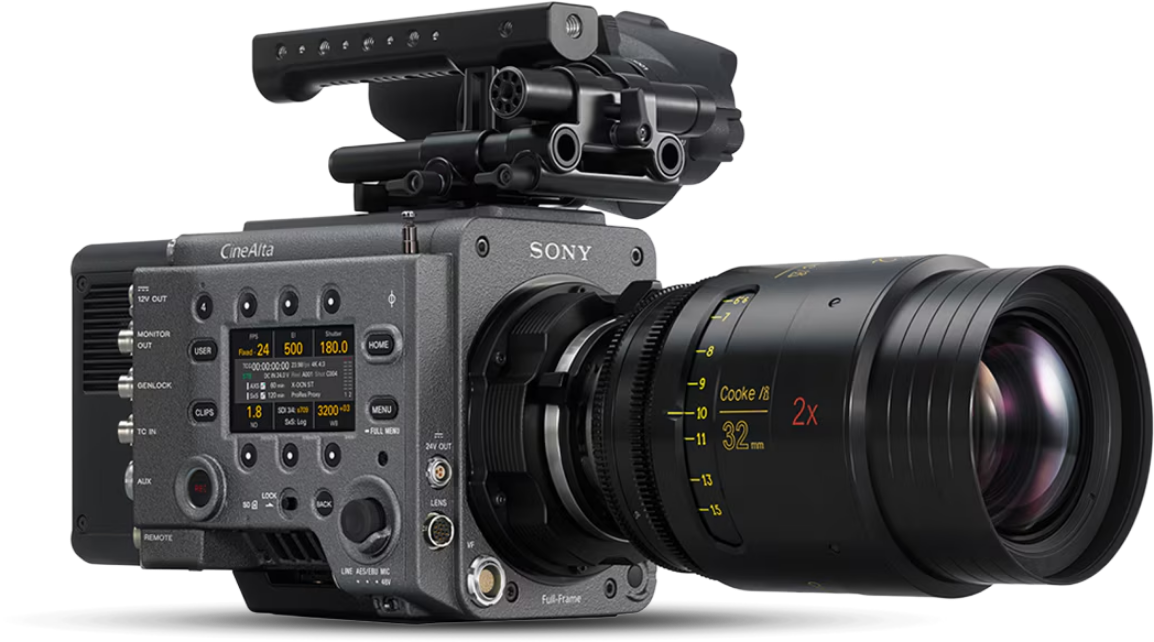
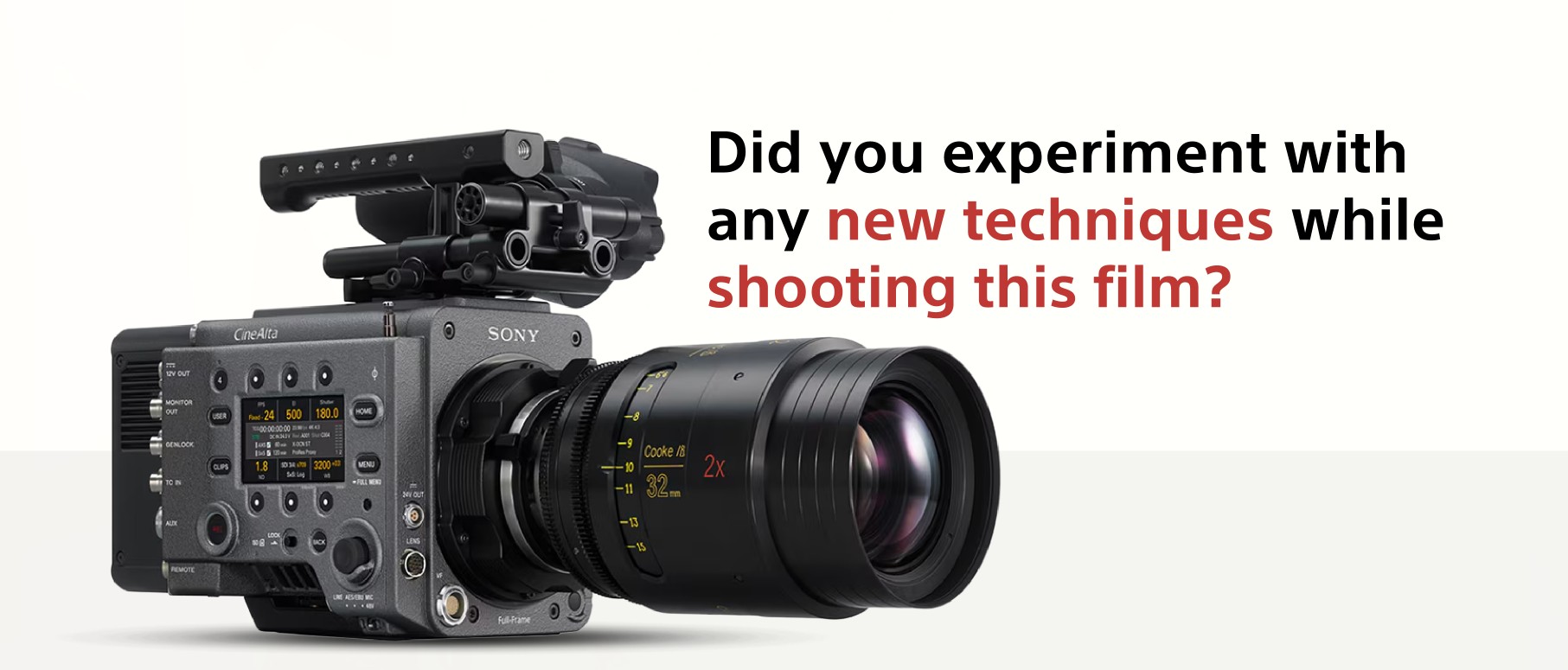
 The Sony VENICE was pivotal, offering exceptional sensor capabilities and an impressive signal-to-noise ratio... allowing me to confidently embrace natural light and navigate challenging
The Sony VENICE was pivotal, offering exceptional sensor capabilities and an impressive signal-to-noise ratio... allowing me to confidently embrace natural light and navigate challenging
conditions. 
For this film, I didn’t experiment with new techniques, as the producer’s and director’s vision didn’t allow for it. While I’ve taken risks in the past—some successful, others not—the focus here was different. With the producers’ support, I prioritized sustainability, aiming to make the production as eco-friendly as possible. This “green” approach included shooting for days without using artificial lighting, relying instead on natural light to capture the scenes, aligning with both the film’s aesthetic and our commitment to sustainable practices.

What were some of the challenges you faced?
The primary challenge we encountered was the weather, particularly in maintaining consistent lighting across extended shoots. When filming a sequence over five days, the sun’s position, shadows, and colour temperature constantly kept shifting, altering the hue and overall look. Ensuring visual continuity, matching the light from scene to scene despite these natural variations, was a significant hurdle that demanded meticulous attention to detail not just from me but from my entire camera team.
As a cinematographer do you ensure that the aesthetics do not overpower the narrative?
As a cinematographer, my goal is to ensure that aesthetics enhance the storytelling without overwhelming it. The visuals must be striking yet restrained, with carefully chosen colours that complement the narrative rather than dominate it.
My focus is to keep the audience immersed in the story, ensuring that the cinematography supports rather than distracts from the film’s emotional core. Shooting in Scotland presented unique challenges, as the light is both breathtaking and unpredictable. It shifts constantly—cloudy one moment, sunny the next, and back again—requiring meticulous adjustments to maintain visual consistency while harnessing the natural beauty of the environment.
And I must mention the colour correction process was challenging for our film’s colourist, Santosh Pawar (Santy) from NY DI-Wala, who has done a marvellous job.
What factors influenced your choice of equipment for this project?
The unique demands of the project significantly influenced my equipment choice. The Sony VENICE was pivotal, offering exceptional sensor capabilities and an impressive signal-to-noise ratio. While any camera can shoot without artificial lighting, the VENICE delivered superior image quality to my eyes, allowing me to confidently embrace natural light and navigate challenging conditions. It has a remarkable sensor that beautifully reproduces images, striking the perfect balance for capturing the film’s visuals with precision and artistry.


How did equipment such as the VENICE Extension contribute to your creative process on set?
 The Sony VENICE Extension System significantly enhanced my creative process on set. Originally developed for “Avatar: The Way of Water”, as shared by my teacher and dear friend, Mr. Russell Carpenter, ASC, this innovative tool introduced me to the Sony VENICE camera.
The Sony VENICE Extension System significantly enhanced my creative process on set. Originally developed for “Avatar: The Way of Water”, as shared by my teacher and dear friend, Mr. Russell Carpenter, ASC, this innovative tool introduced me to the Sony VENICE camera. 
Mr. Carpenter’s recommendation highlighted its user-friendly design and versatility, which proved invaluable. The VENICE 2 Extension System, with its 30-foot cable, offers remarkable flexibility, allowing the camera to be positioned far from the operator without compromising sensor quality or lens options. This freedom was crucial for dynamic handheld shots, as it eliminated the bulk and fatigue associated with carrying the full camera body. Widely favoured by cinematographers for its ease of handling, the Extension System empowered me to explore creative angles and movements while maintaining exceptional image quality, streamlining the shooting process, and elevating the overall production.
Are there any upcoming projects you're excited about and can share a bit with us?
I’m thrilled about several upcoming projects, particularly “Guns and Saris”, a feature film directed by Leena Yadav, which features a talented cast including Radhika Apte, Suraj Sharma, and Freida Pinto. I’m especially excited because this project will most probably be shot by Mr. Russell Carpenter, ASC, allowing me to focus on producing rather than cinematography. It’s a unique and promising endeavour that I can’t wait to see come to life, while I’m looking forward to some exciting opportunities as a cinematographer.
Briefly revisiting “Son of Sardar 2”, it’s a quintessential feel-good film—a laugh-out-loud riot designed for pure entertainment. It’s the kind of movie where you can leave your worries behind, enjoy the humour, and return to your routine with a smile.
